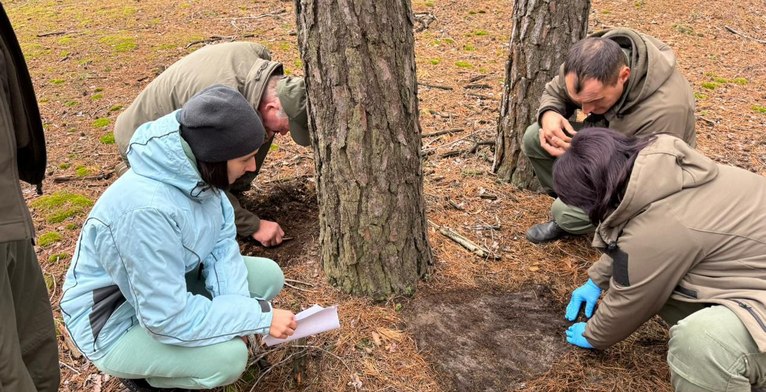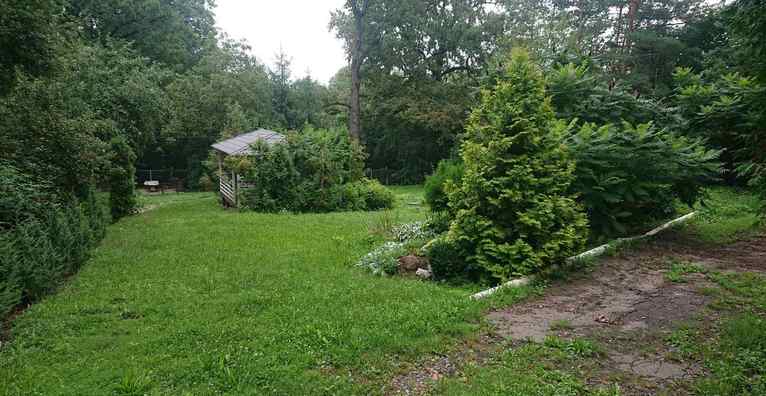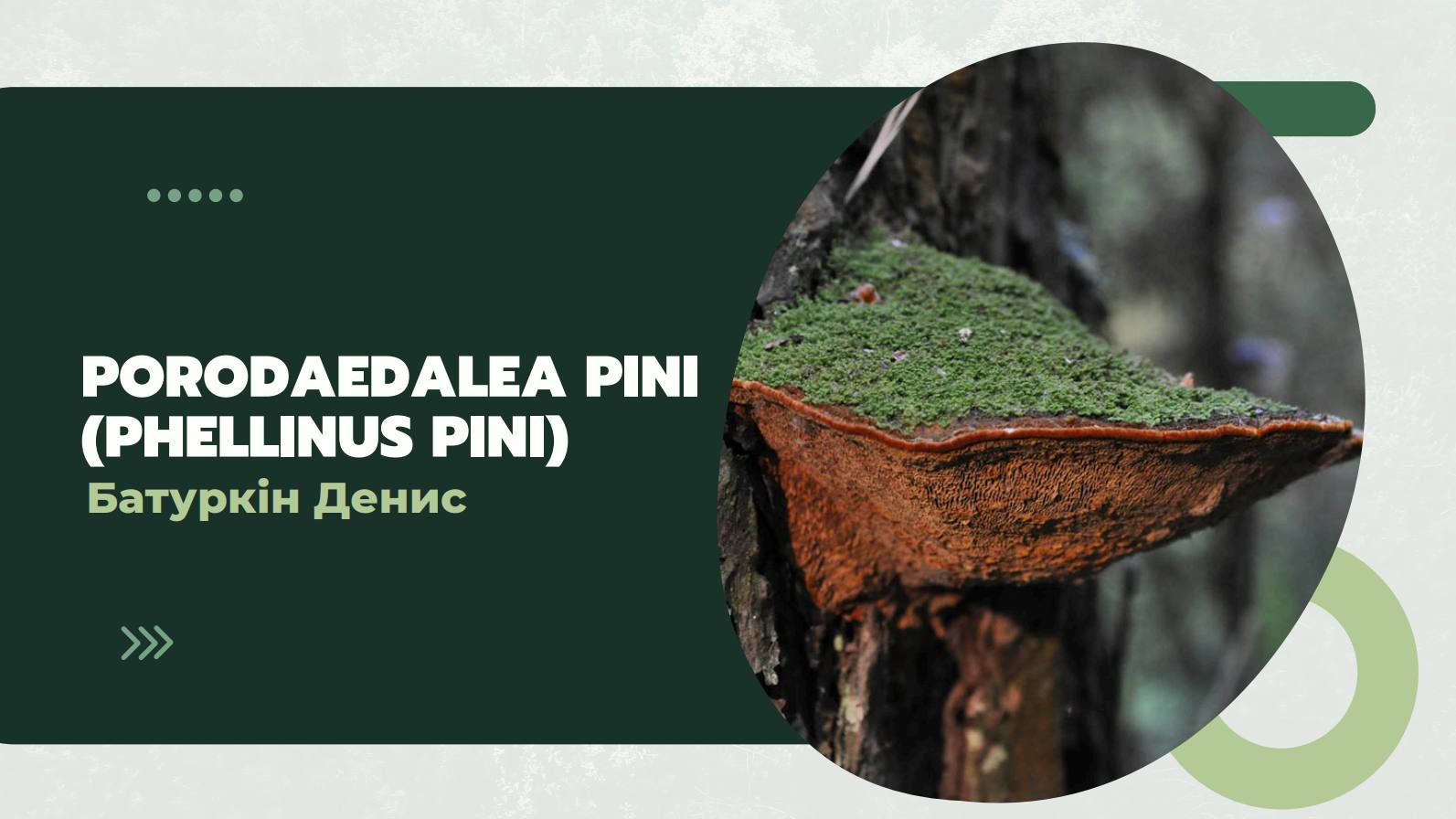Description and Impact
Phellinus pini (Thore et Fr.) Pil. causes white pocket rot (also known as "pitted rot") in Scots pine (Pinus sylvestris). While it primarily affects Scots pine, it can also develop on larch (Larix), fir (Abies), yew (Taxus), cedar (Cedrus), and Douglas fir (Pseudotsuga). The fungus is found in all regions of Ukraine where pine grows.
Fruiting Bodies
- Grow on tree trunks up to 15 m in height
- Perennial (can live up to 50 years)
- Hard, woody, hoof-shaped with a sharp edge, attached laterally to the trunk
- Size: 10-20 cm wide, 2-10 cm thick
- Usually solitary, occasionally clustered in groups of 2-3
- Pore surface: Tubular, initially grayish-yellow, later turning brown, up to 1 cm long
- Pores: Angular or round, 0.2-0.7 mm in diameter
- Spores: Ellipsoidal, 5-6 × 3.5-4 µm, yellowish or colorless
Rot Characteristics
- Type: White pocket rot (corrosion-type decay)
- Early stage: Wood develops a pinkish tint, later turning reddish-brown
- Advanced stage: Elongated white spots form, eventually becoming hollow cavities with white walls or bottoms
- Final stage: Wood fibers separate into a sieve-like structure ("pitted rot")
- Decay pattern: Fibrous with pits
- Shape in trunk: Cylindrical, tapering into irregular projections
- Extent of decay: 4-12 m along the trunk
Detection
Infected trees show no external symptoms until fruiting bodies appear.
Diagnostic method: A dull sound when tapping the trunk indicates internal cavities.
Presence of "tobacco knots" (fungal mycelium clusters resembling dead branches) also signals infection.
Infection Intensity
Varies by forest type and region.
Western Ukraine (humid/fresh pine forests): More severe decay due to thin sapwood, allowing easier spore penetration into the heartwood.
Dry forests: Rare infection; occurs mostly in old-growth stands with thick sapwood.
Outbreaks in Kharkiv Region
According to forest health reports from state enterprises and Slobozhanskyi Lis Office (State Forests of Ukraine, Kharkiv branch):
- 7,303 ha (8.7% of total disease-affected areas) are infected
- 5,741 ha require immediate control measures
Monitoring: Regular forest pathology surveys are essential to track infection hotspots and predict spread.
Dynamics (2021-2024) and 2025 Forecast
Data from Kharkiv's forestry enterprises and Slobozhanskyi Lis Office indicate fluctuating infection rates.
2025 projection: Continued spread expected without intervention.
Control and Prevention
- Sanitation logging to remove infected trees
- Physical removal of fruiting bodies
- Avoiding trunk damage during forestry operations
- Potential use of biological/chemical treatments (if effective agents are available)
- Advanced monitoring: GIS, drones, and satellite imagery for early detection
- Staff training: Improve awareness of symptoms and diagnostic methods
Conclusions
The pine bracket fungus poses a serious threat to Ukraine's pine forests. Priority actions:
- Early detection
- Active monitoring
- Integrated management combining scientific knowledge, practical measures, and technology
Only a comprehensive approach can preserve forest health and prevent large-scale timber losses.
Key Terms Used:
- White pocket rot = строката ядрова гниль
- Pitted rot = ситовина
- Fruiting body = плодове тіло
- Sapwood = заболонь
- Heartwood = ядрова деревина







